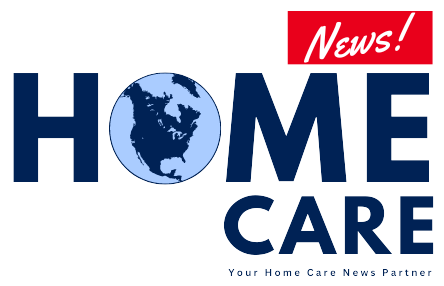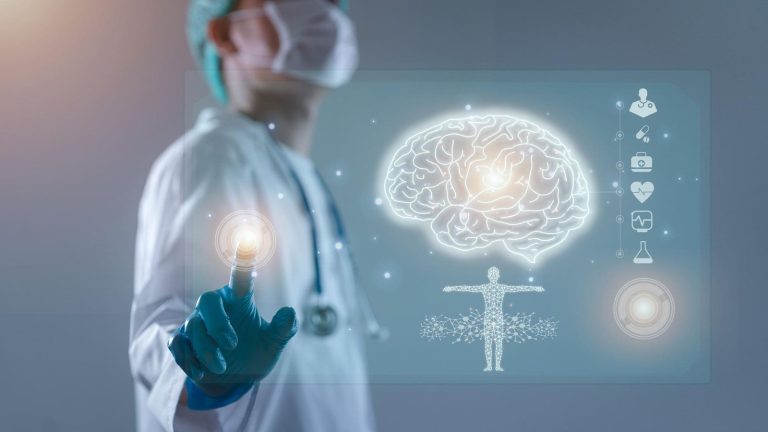Alexander Podgornyy, CEO @IT Medical and Software Development Company specialize in custom AI-powered solutions for the medical sector.
In 2024, the healthcare industry investigated a variety of AI use cases, improving care, streamlining management workflows, and increasing efficiency. As the dust has begun to settle, healthcare organizations are focusing on getting real value from AI in 2025.
Although AI hype persists, managers are now focused on ensuring a clear return on investment (ROI). They prioritize technologies that offer immediate benefits and refrain from anything that is not fully developed.
As the managing director and founder of IT Medical, I have seen how AI can transform healthcare by enhancing patient outcomes and streamlining clinical workflows. My work at Health Tech has fueled my passion for using AI to solve real challenges.
In this article, we explore five important areas that are likely to become increasingly important in 2025 as organizations adopt AI to achieve meaningful value.
1. AI-driven genomics for precision medicine
AI is revolutionizing genomic medicine and paving the way for rapid advancement in precision medicine, a key focus for the future. Cancer is recognized as a genomic disease. However, the inability to effectively manage and analyze large quantities of genomic data has slowed progress in research and clinical applications as a whole. AI-driven genomics promises rapid improvements in cancer treatment by overcoming these challenges.
For example, a 2024 paper utilized AI to analyze large genomics and other OMICS datasets to predict survival outcomes in patients with pancreatic cancer. This demonstrates the ability of AI to generate actionable insights from a large amount of diverse data. Another 2024 paper used machine learning to identify complex genomic variations associated with mental disorders in standard genomic datasets.
These studies provide a deeper understanding of the risks of individual diseases and support personalized treatment and prevention strategies.
2. Next-generation medical imaging
Medical imaging, a cornerstone for the diagnosis of cancer and other diseases, has already benefited greatly from AI-driven processes, and 2025 promises more results.
A study published in January 2025 showed the benefits of AI on a large scale and real-world implementation of AI and patient care. This study included an optional AI-assisted mammography screening of 260,739 women from 463,094 patients. With AI support, radiologists increased breast cancer detection by 17.6% and reduced recall rates. Furthermore, the AI group had a higher positive predictor for recall than the control group.
Roland Rott of GE Healthcare predicts that “2025 will showcase even more examples of AI's ability to improve the lives of cancer patients and the care provided by providers.” Not only does AI help with diagnostic accuracy, it not only supports clinical decision-making, but also allows for faster radiology workflows and cost reductions.
3. Generated AI for clinical documentation and support
Technology developments such as Electronic Health Record (EHR) have improved clinical workflows, but have resulted in issues such as clinician burnout and documentation burden. In 2025, AI is committed to helping to alleviate these burdens by providing more accurate and comprehensive support during clinical documentation procedures.
AI-powered scribes can increase recording speeds by 170% compared to in-person scribes, and using AI for documentation could remove the need for manual documentation by clinicians and reduce the time spent on administrative tasks by 90%.
In a study of over 100,000 virtual healthcare encounters, clinicians evaluated interviews and diagnosis of AI conduction patients. On review, they agreed to a diagnosis generated in AI in 84.2% of cases and a diagnosis that ranks highest in 60.9% of cases. These results demonstrate the effectiveness of AI in supporting clinical diagnosis, in addition to routine documentation tasks.
4. AI and IOMT Integration
Mintern of Medical Things (IOMT) is an interconnected system of medical devices and other technologies that track health parameters and monitor patients. The IOMT, which was first mentioned in 1999, grew to an estimated market value of 977% in 2025.
IOMT allows patients to undergo testing at home, receive reminders to take medication, allowing real-time monitoring. Wearable technology is a central pillar of IOMT, allowing you to record health parameters and share them with high accuracy. Data collected by these devices include, but is not limited to, blood glucose levels, ECG measurements, skin temperature, and breathing rate. This makes it essential for tracking chronic diseases such as diabetes and predicting acute health events.
For example, randomized controlled trials found that daily remote monitoring of cardiovascular parameters and integration of these data within neural network modelling would significantly improve risk stratification and appropriate implantable defibrillator (ICD) treatment. Another randomized controlled trial found continuous glucose monitoring, resulting in a statistically significant reduction in hypoglycemia.
5. AI-driven remote patient monitoring
The essential role of AI lies in the involvement and monitoring of patients in remote locations. An AI-powered assistant means that patients do not need to rely on depersonalized online information. Instead, you can query symptoms against a personalized system that describes a medical history that includes recent real-time data.
The study found that 90% of patients using AI assistants reported receiving useful information for health problems and perceived it as a useful diagnostic tool. The paper from January 2025 established a model called Craft-MD to test the applicability of AI models for patient involvement, medical history tracking, and questions, highlighting areas of improvement as these tools become more broad within healthcare.
Ultimately, AI-driven remote patient engagement is poised to significantly enhance personalized healthcare and improve patient outcomes as its applications expand.
Conclusion
In 2025, AI Innovation is set to transform healthcare by promoting precision medicine, improving diagnostic accuracy, improving patient experience, and streamlining clinical workflows. Early adopters leveraging AI-driven genomics, next-generation imaging, advanced clinical documentation and integrated IOMT systems are poised to achieve critical ROI and better patient outcomes in 2025.
Successful adoption of AI focuses on areas that deliver immediate value, such as strengthening diagnostics and reducing administrative tasks. Invest in staff training to ensure smooth integration with existing systems, increase AI literacy, and choose a provider with proven healthcare AI expertise for reliable, long-term support.
As more healthcare providers adopt these transformative AI solutions, the industry is on the brink of a new era characterized by efficiency, innovation and improved health.
Forbes Technology Council is an invitation-only community for world-class CIOs, CTOs and technology executives. Are you qualified?

